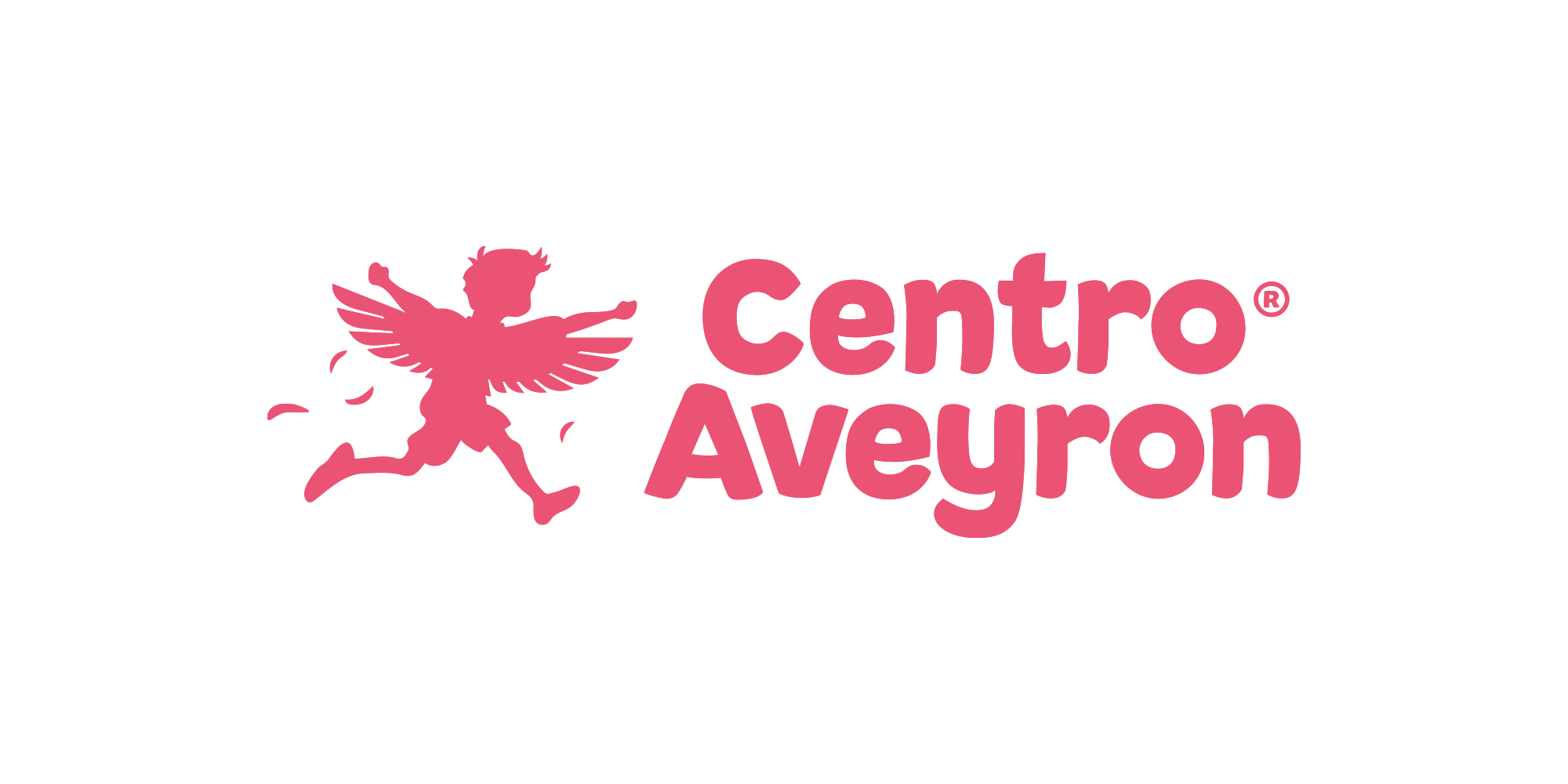These medications are part of the phenethylamine group, which includes drugs that can cause hallucinations, enhance a desire for social contact, or act as stimulants. An individual’s brain chemistry changes during regular cymbalta and alcohol misuse of a substance or activity. The brain’s reward circuit changes, reducing a person’s ability to exercise self-control and leading to strong urges to continue. Amphetamines are stimulant drugs that increase alertness and wakefulness. As a Schedule II Substance, it has a high potential for abuse and addiction.
These drugs can produce a “high” similar to marijuana and have become a popular but dangerous alternative. The risk of addiction and how fast you become addicted varies by drug. Some drugs, such as opioid painkillers, have a higher risk and cause addiction more quickly than others. Stimulants increase the activity of your central nervous system or the part of your brain that sends messages to nerves to tell them how to complete their jobs.
Drug addiction (substance use disorder)
Recovery means different things to different people, according to their experiences, belief systems, culture, identity, and method of recovery. Seeking help for addiction may feel daunting or even scary, but several organizations can provide support. Chemical changes in the brain help the cycle repeat until the person cannot escape the cycle. Sign up for free and stay up to date on research advancements, health tips, current health topics, and expertise on managing health. Signs and symptoms of drug use or intoxication may vary, depending on the type of drug. Symptoms could last between one to three days or up to 10 days after stopping an amphetamine.
- This class of drugs includes, among others, heroin, morphine, codeine, methadone, fentanyl and oxycodone.
- While these can be abused, they can be helpful for attention deficit and other disorders.
- Once you decide you want to do something about your drug use, the next step is to get help and support.
- Schedule a time each day to take your amphetamines and stick to that schedule.
Causes of addiction
The average amphetamine dosage is 5 to 40 milligrams (mg), one to three times per day, divided at four to six-hour intervals. The estimated annual prevalence of a stimulant use disorder involving amphetamines is 0.2 percent among U.S. adults, according to the DSM-5. In certain cases, psychotic symptoms can last for months or years after methamphetamine abuse has ceased.
Schedule a time each day to take your amphetamines and stick to that schedule. The intoxicating effects of methamphetamine can also alter wean off alcohol judgment and inhibition, which may lead people to engage in unsafe behaviors. Methamphetamine abuse may also worsen the progression of HIV and its consequences. Many amphetamines are Schedule II stimulants, which means they have a high potential for abuse and are legally available only through a prescription. When used for medical purposes, the doses are much lower than those typical among abusers of the drugs. A person can recover from drug misuse or SUD and improve their relationships, professional life, sense of self, and physical and mental health.
Stress has been shown to precipitate spontaneous recurrence of methamphetamine psychosis in formerly psychotic methamphetamine abusers. Treatment focuses on the person who is living with the addiction. With the right support, many people who have experienced SUD go on to live happy lives with strong relationships and positive health outcomes. It is important that a person does not feel ashamed about seeking help or following a program to support their recovery. Pharmacists can answer questions about medication and help people understand medication instructions. Because they are the primary people dispensing medications, they can watch for falsified prescriptions or drugs that people refill too often.
Health Challenges
Reports indicate that children as young as eighth grade have misused prescription what is a drinker’s nose medications for ADHD. Find out how amphetamine addiction develops, the signs to look for if a loved one has an addiction problem, and treatment options available for… It also explores prevention tips and available treatment options. Contact your provider if you or someone you know is addicted to amphetamines and needs help to stop using.
For others, particularly with opioids, drug addiction begins when they take prescribed medicines or receive them from others who have prescriptions. If you are taking more than your prescribed dose of amphetamines or you are taking amphetamines that your provider did not prescribe to you, talk with your provider. Yes, amphetamines can pass into breast milk (chest milk) at low levels if parents follow the provider-prescribed dosage. Some studies show that this does not harm the development of the baby. If you are taking amphetamines as a new parent, talk with your provider about whether or not it is safe to breastfeed. You shouldn’t drink alcohol while taking amphetamines because it could cause an unsafe reaction in your body that could lead to addiction.
Types of Illegal Amphetamines
An intervention presents a loved one with a structured opportunity to make changes before things get even worse and can motivate someone to seek or accept help. Barbiturates, benzodiazepines and hypnotics are prescription central nervous system depressants. They’re often used and misused in search for a sense of relaxation or a desire to “switch off” or forget stress-related thoughts or feelings. The U.S. Food and Drug Administration approved certain amphetamines to manage and treat ADHD, obesity and narcolepsy, specifically dextroamphetamine and levoamphetamine. The tolerance and withdrawal criteria are not considered to be met if the stimulant is used only under appropriate medical supervision.

Comentarios recientes